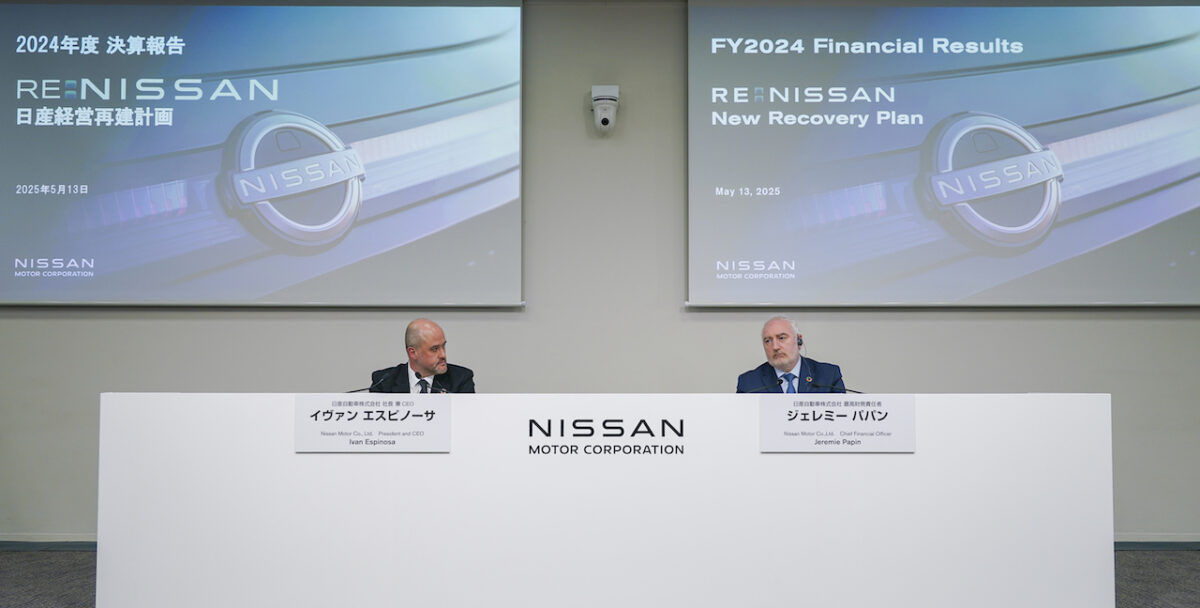There’s still no end in sight for Nissan’s struggles. The scale of its problems became clear in August 2024, when the company’s Q1 report recorded a 99% drop in profit, and the following quarter showed no signs of improvement. At that point, Nissan implemented a restructuring plan to create a “leaner, more resilient” business: a 20% cut to global capacity, 9,000 layoffs, a JP¥300bn (US$2bn) reduction in fixed costs, and partial forfeiture of executive salaries. Despite these measures, Fitch, Moody’s, and S&P Global had downgraded the company’s rating to ‘junk’ status by February 2025.
On 13 May, with new Chief Executive Ivan Espinosa now at the helm, Nissan announced ‘Re:Nissan’, a new recovery plan with the same core objectives as the previous one launched under Makoto Uchida. However, the intensity of restructuring has been dialled up: reducing fixed and variable costs by JP¥500bn, consolidating production plants from 17 to ten, and cutting its total workforce by 20,000 (in addition to the previous 9,000).
Subscribe to Automotive World to continue reading
Sign up now and gain unlimited access to our news, analysis, data, and research
Subscribe
Already a member?
